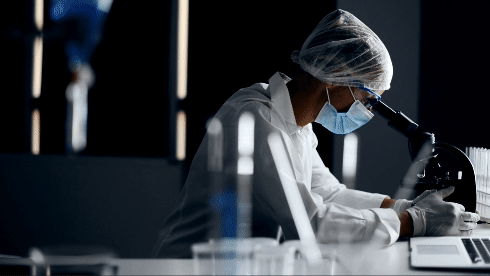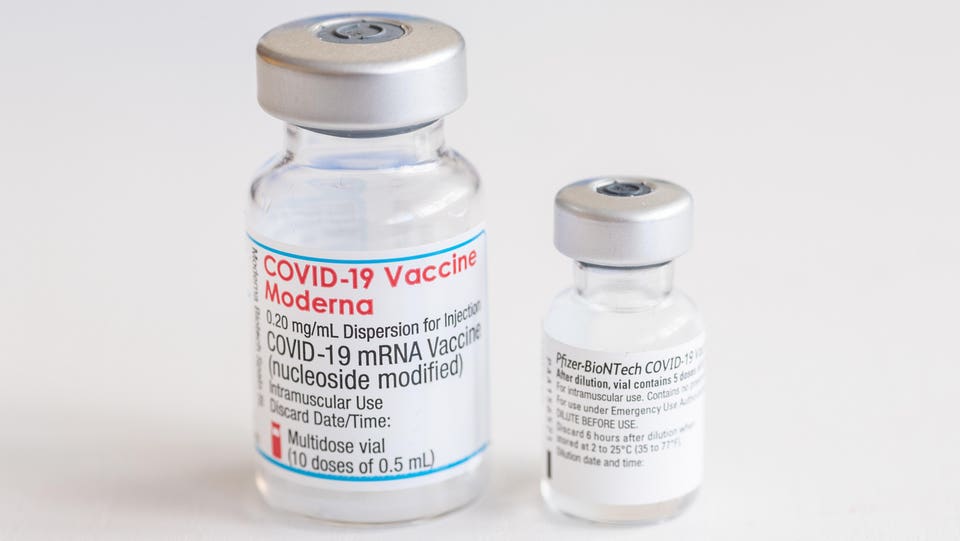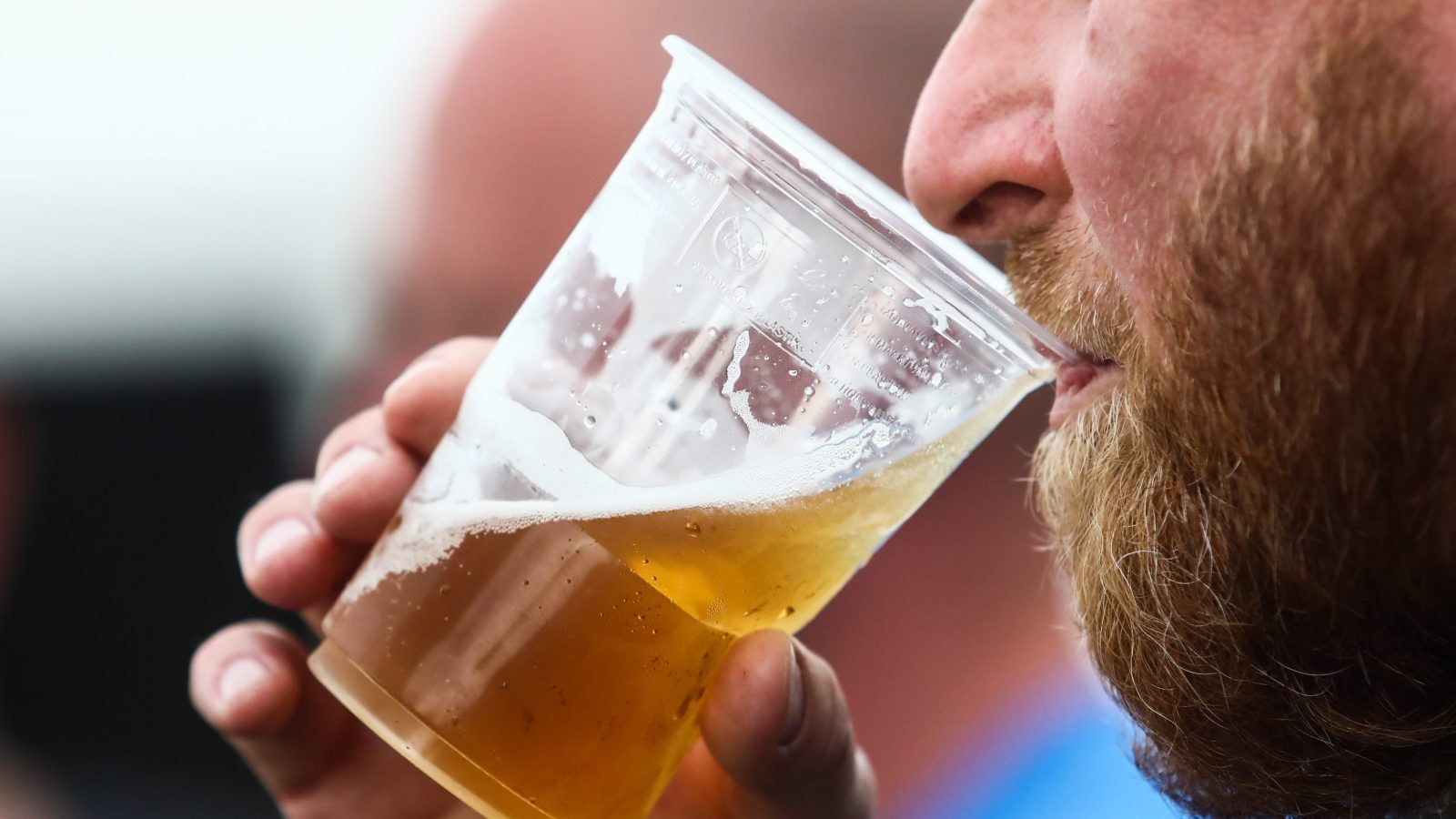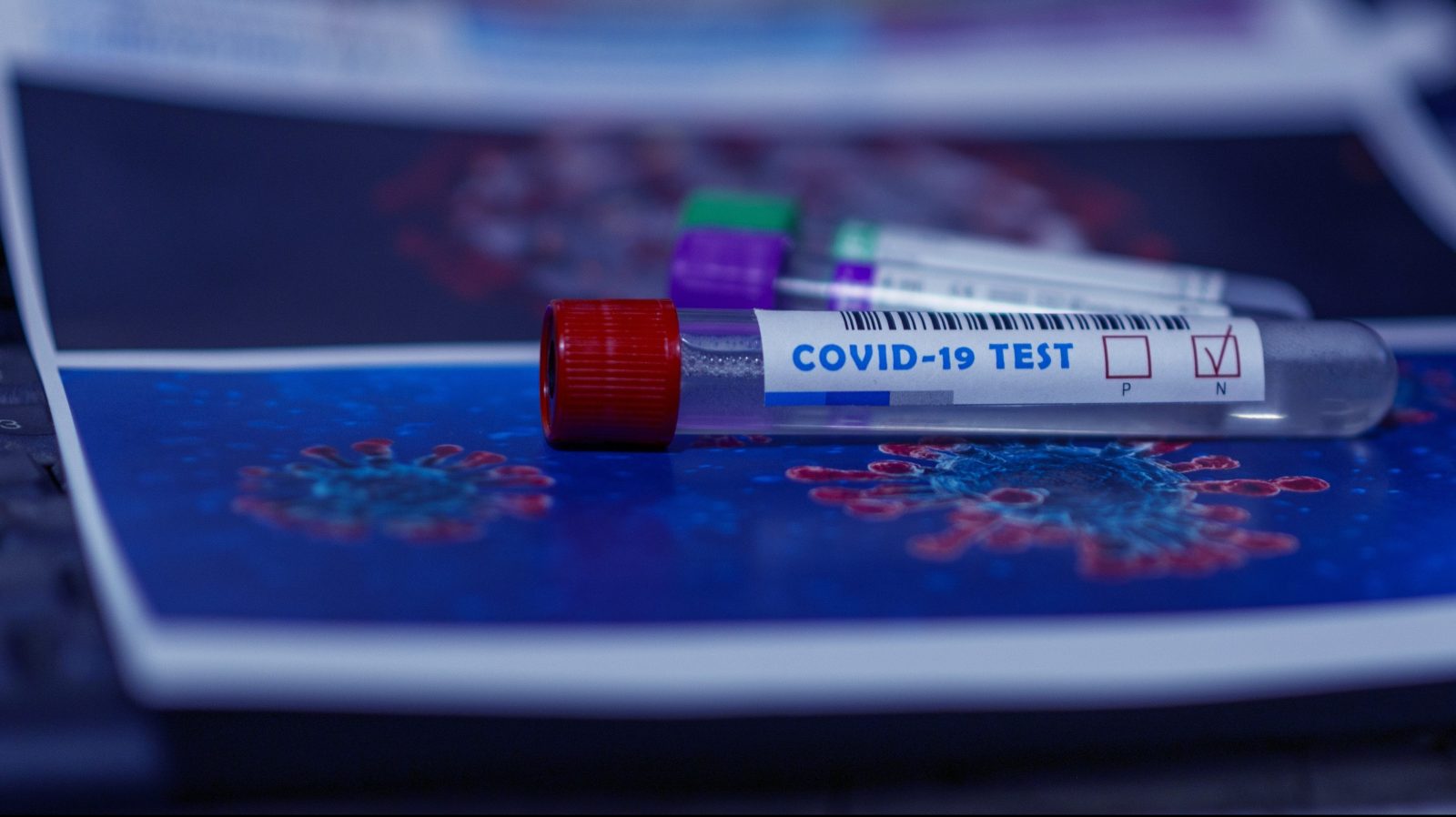Melbourne biotech startup ENA Respiratory has demonstrated how its flu-and-Covid fighting nasal spray had stimulated a host of immune-related genes in its trial on 123 human subjects, it announced Monday. But it’s pivoting to a new formulation.
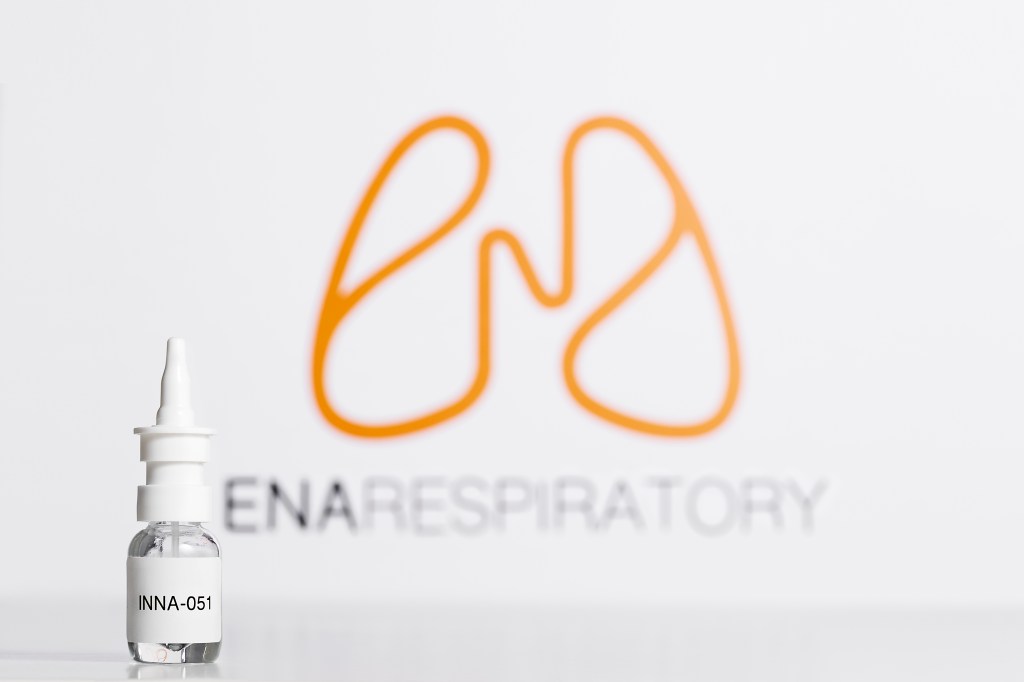
ENA Respiratory spun out of the University of Melbourne in 2015 but came of age in the depths of the Covid-19 pandemic when an animal study showed that its key drug, INNA-051, reduced the viral load in infected ferrets by a whopping 93% to 96%.
Investment soon followed and the company raised $32 million, in June 2021, through it’s earlier seed backer Brandon Capital and the Forrest family’s Minderoo Foundation.
ENA Respiratory put the drug through human safety trials in 2022, and this year published results showing that INNA-051 reduced the viral load of the flu in humans. The drug was given in two nasal-spray doses days before the 123 subjects were dosed with the flu.
But the genetic results announced yesterday at a European Respiratory Society conference in Milan, Italy, for the first time demonstrate how the product works – stimulating genes related to the body’s first layer of defence against viral attack, the innate immune system.
In a “late-breaking oral presentation” it was reported that the expression of 730 immune genes was assessed in nasal swabs obtained from the 123 participants who were given a large dose of H3N2 influenza A. A “post hoc analysis” showed an early increase in the expression of genes associated with fighting the flu compared to placebo.
“These findings clearly demonstrate that INNA-051 is associated with increased stimulation of multiple genes and pathways known to play essential roles in the innate immune response against influenza and is consistent with the accelerated viral clearance observed in the clinical efficacy data,” said Dr Ruth Tal-Singer, the “medicine development leader” at ENA Respiratory. “The data reported today increase our confidence that INNA-051 has the potential to play an important role in preventing or mitigating the severity of viral respiratory diseases.”
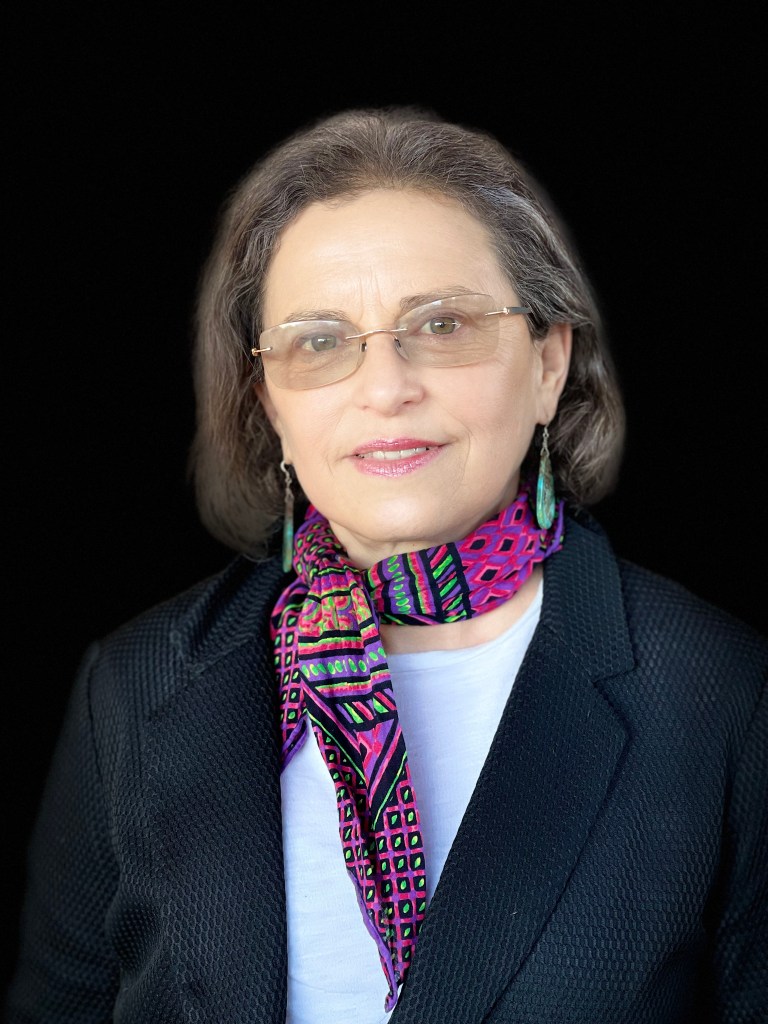
The US Department of Defense (DOD) agrees. It gave the company a further US$3.8 million last week, having first jumped on board in January this year when it awarded the company US$4.38m through its Joint Program Executive Office for Chemical, Biological, Radiological and Nuclear Defense, bringing its total Australian-dollar contribution to $12 million.
The military needs a product like this to help them through the next pandemic, ENA Respiratory CEO Christophe Demaison said. “The Covid-19 pandemic affected them. There’s examples of aircraft carriers being put out of action just by the rate of infection. Getting people back on deck is a priority for any army.”
But the DOD needed a product that was more shelf stable than the ENA Respiratory’s liquid nasal spray. “So we went to them and said we had a dried-powder formulation, but we need some money to validate it and manufacture it at scale,” Demaison told Forbes Australia. “That’s what the funding was for.”
So, despite the spray’s success, ENA Respiratory is scrapping the product to develop a dry-powder nasal-spray version. “It’s more stable in terms of shelf life, even at high temperatures,” Demaison said. “You can store it at room temperature, and it can be carried by soldiers, and delivered with a very small device.”
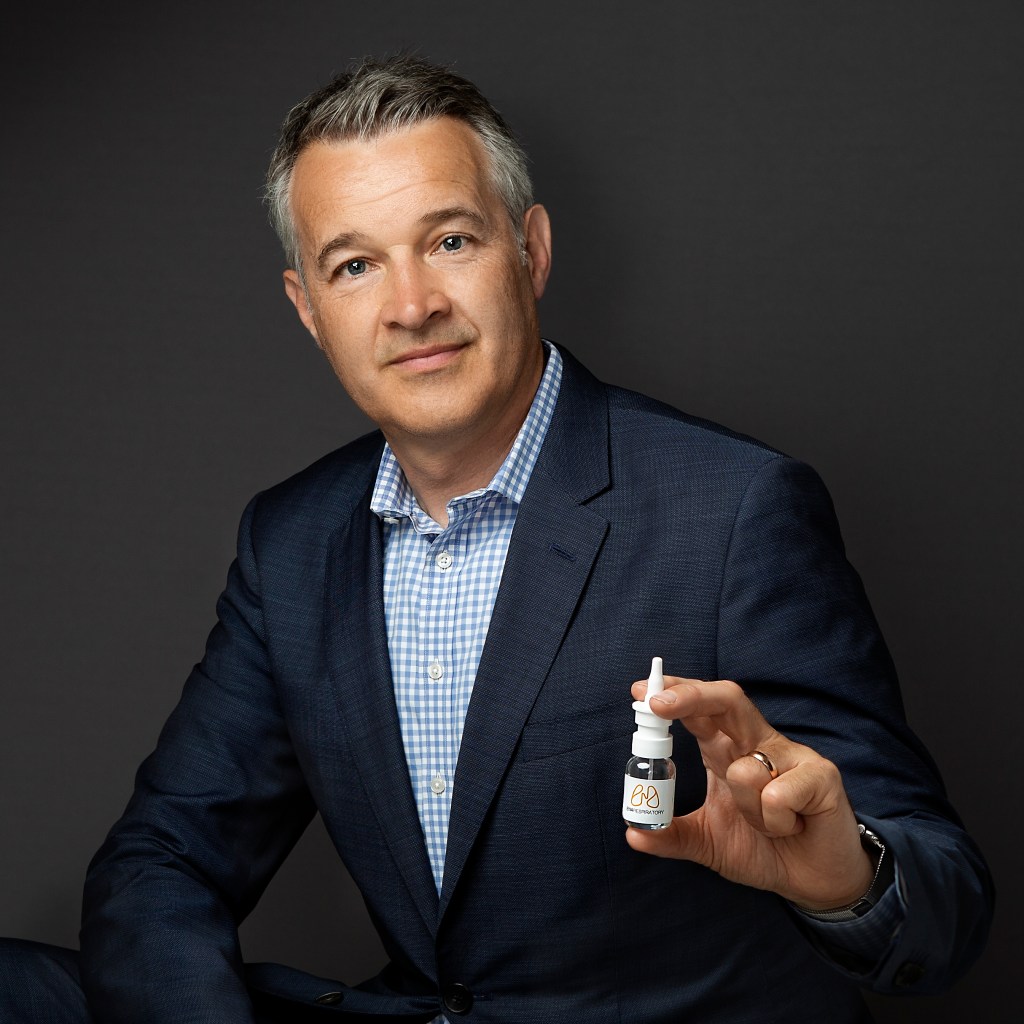
The DOD’s money will pay for ENA Respiratory to repeat its safety and efficacy tests with the dry powder, likely setting back the possible launch of the drug by two years or more.
Despite the military interest, the primary targets for the drug are the elderly and populations at risk from upper respiratory tract infections.
INNA-051 is based on discoveries made by the University of Melbourne’s Professor David Jackson and his team at the Department of Microbiology and Immunology in the Peter Doherty Institute. Jackson’s team was originally looking for ways to get “agonist” agents to administer alongside vaccines to give additional stimulation to the immune system.
But they found that INNA-051 seemed to give enough stimulation to the innate immune system that it could work all by itself to halt disease progression.
INNA-051 works by stimulating a “toll-like receptor” – TLR2 – that recognises pathogens in the body. “That’s how the immunity is triggered,” Demaison said. “There’s about ten TLRs. We are targeting TLR2 which is aimed at bacteria but turns out to have anti-viral effects too.
“The pharmaceutical industry has targeted other TLRs in the past, but there have been side effects.
“When you get your flu shot or Covid shots, some people develop fevers, and that fever is the response from your body to the stimulation of your innate immunity. When we stimulate the TLR2, we don’t have similar effects.
Christophe Demaison
“The profile of the (INNA-051) molecule is interesting. You could administer it chronically. The concept is not new, but the molecule has a much better safety profile.”
The molecule has the potential to work against a range of viruses.
Originally, the company was exploring the use of a different molecule to hit the same receptors, to work as an anti-cancer immunotherapy, but that work has now been spun out into a different company, Axelia Oncology.
Demaison said the focus of ENA Respiratory market research had been on the US where he said there were about 56 million people over the age of 65. “Before Covid, there were over 150,000 hospitalisation of the elderly each year with upper respiratory tract infections,” he said. They would have all stood to benefit from such a drug.
He said he had held discussions with numerous large pharmaceutical companies but would try to keep ENA Respiratory independent through to the end of phase-2 trials of the dry powder. “It makes sense to have a pharma partner for the Phase-3 trials. It’s not a niche product, and if we want to reach as many people as we can, it makes sense.”
He declined to put a dollar value on the market because it was too early to know what the drug development would cost and what price it would sell for. “But the potential is a multi-billion-dollar market,” he said. “Potential.”
